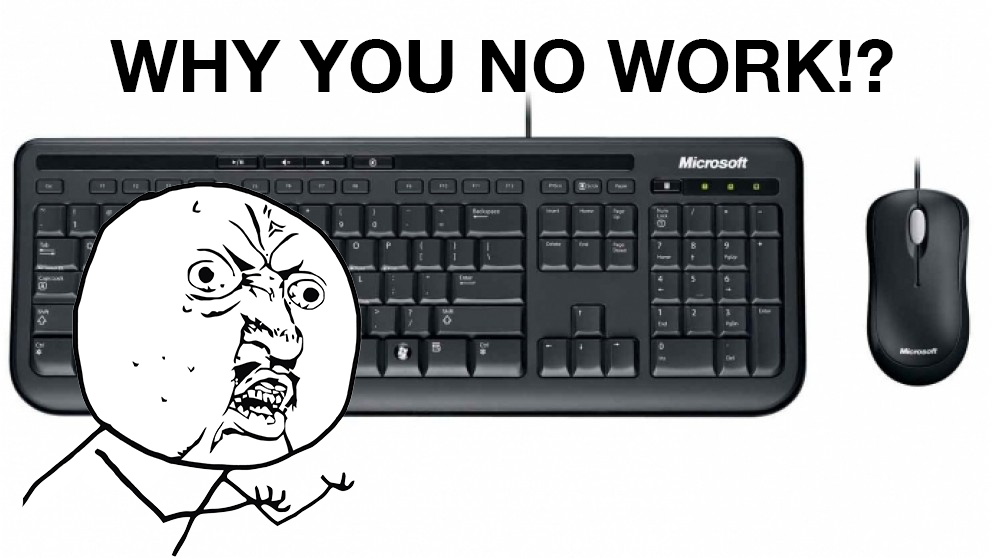Introduction
Windows 10, while popular, isn’t the most reliable operating system out there. Often, updates can cause unexpected issues, including conflicts with manufacturer updates. These updates may attempt to replace the drivers installed by manufacturers with their own versions, potentially affecting devices like Wi-Fi, optical drives, and, as we’ll cover today, the keyboard and mouse; two of the most frustrating devices to fail on a laptop!

Note: You may need a USB mouse and/or keyboard to follow these suggestions. If your cursor or keyboard is working, there’s no need to adjust those settings. Just focus on the device that isn’t working.
Understanding the Problem
What Is a Driver?
A driver is a piece of software that enables the operating system to communicate with hardware devices. You can think of a driver as a translator, converting commands from the operating system into a language the hardware can understand.
Checking the Device Manager
If your keyboard or mouse stops working unexpectedly, the first place to check is the Device Manager:
- Right-click on the Start menu.
- Select Device Manager from the list.
You might encounter one of the following scenarios:
- The device is not listed at all.
- The device is listed with a yellow warning icon (!).
- The device is listed with no warnings.
- Multiple devices are listed, with or without warnings.
Fixing the Keyboard and Mouse
If your keyboard or mouse is not listed, or if it’s listed with a yellow warning sign, you’ll need to diagnose the error. Right-click on the device and go to Properties. Look for an error code, such as code 10, code 12, or code 43. Follow these steps to resolve the issue:
1. Uninstall and Delete the Drivers
- Right-click on the device and select Uninstall device.
- If prompted, check the box to delete the driver software and click OK.
- Restart your laptop to see if the keyboard or mouse now works. If not, proceed to the next step.
2. Install the Latest Drivers
- Check for updated drivers through Windows Update or the manufacturer’s website.
- If updating the drivers doesn’t solve the problem, move on to the next step.
3. Locate the Registry Entries
- Press
Windows + Rto open the Run prompt. - Type
regeditand click OK to open the Registry Editor. - Navigate to the following entries:
Keyboard: HKEY_LOCAL_MACHINES\System\CurrentControlSet\Control\Class\
Mouse: HKEY_LOCAL_MACHINES\System\CurrentControlSet\Control\Class\
- Click on the relevant entry. In the right window, look for
UpperFiltersand/orLowerFilters. If they are present, delete them. - Restart your laptop to see if the keyboard and mouse now work. If not, move on to the final step.
4. Re-Enter the Registry Values
- Open
regeditagain and navigate to the same entries as above. - This time, manually add the UpperFilters values back:
- With the entry selected, right-click on the empty space in the right window.
- Click New > Multi-String Value.
- Name the value UpperFilters and set it to mouclass for the mouse or kbdclass for the keyboard.
- Restart your laptop and check if the keyboard and mouse are now functioning properly.